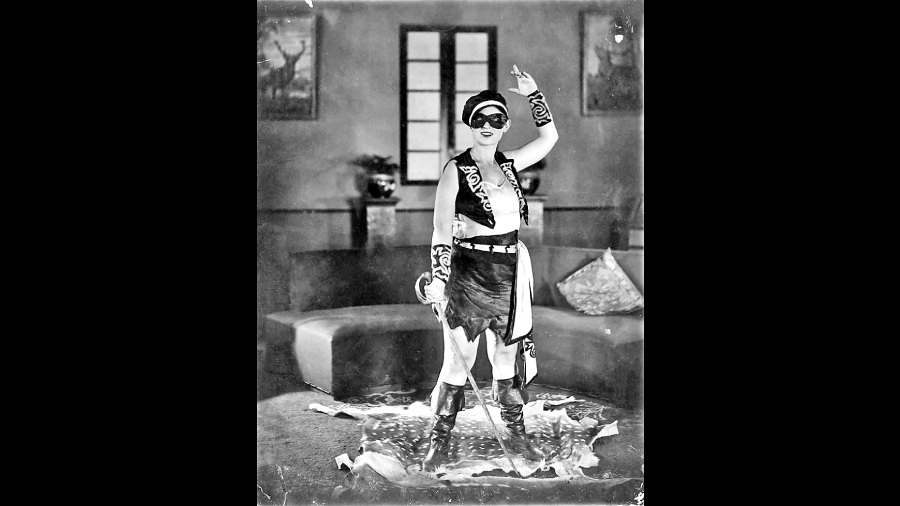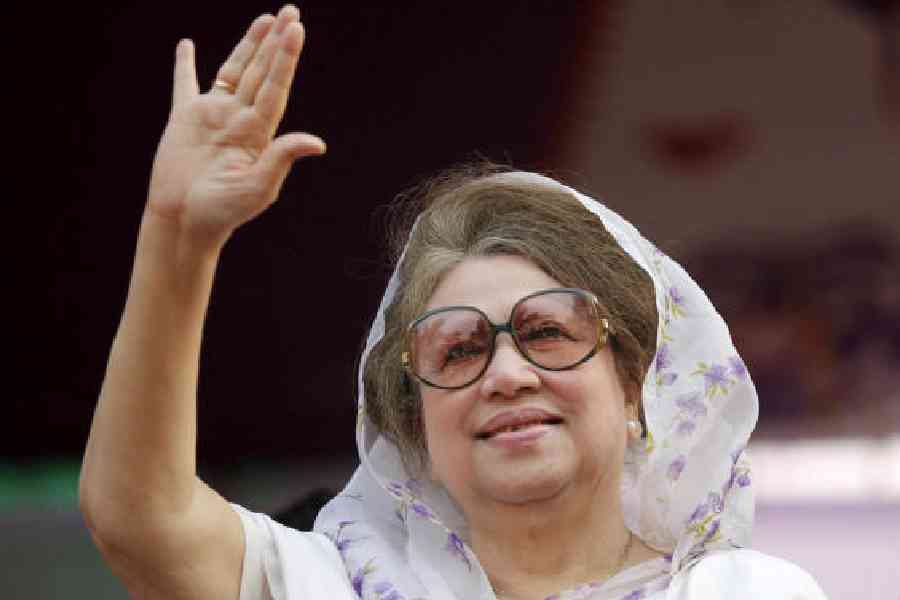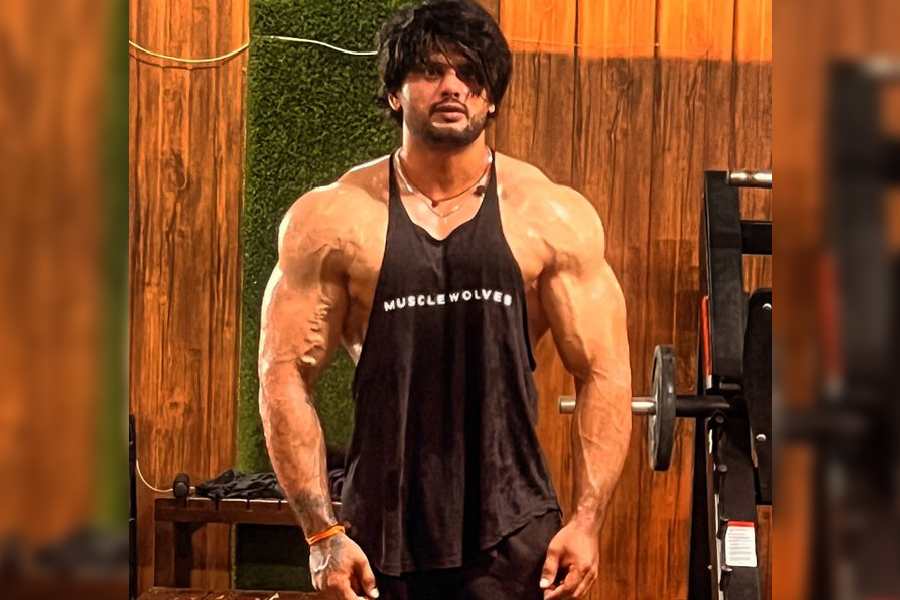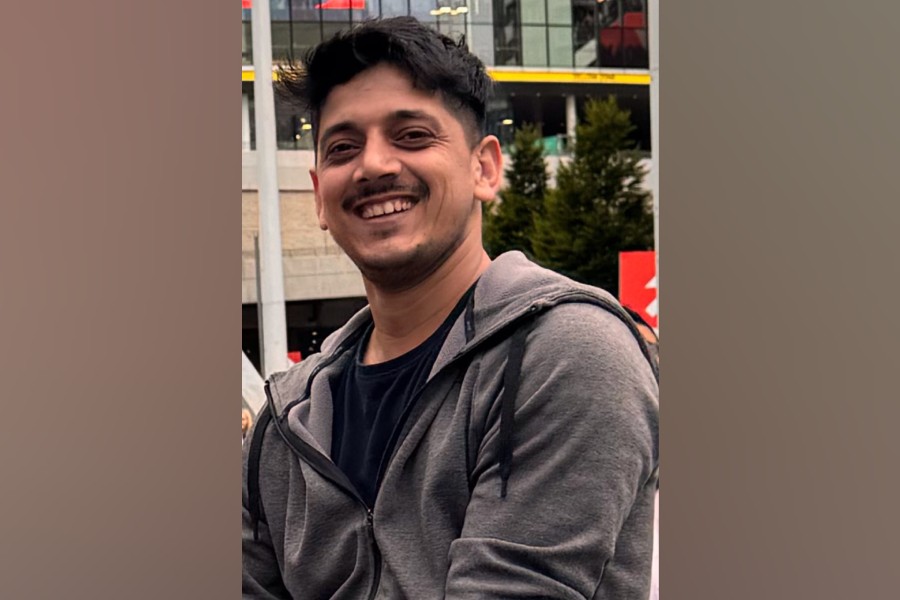Hunterwali was a 1935 film in which a princess fights injustice as a masked crusader. The actor who played the princess, Fearless Nadia, became a legend. Hunterwali means a woman who cracks the whip. But if you Google “hunterwali” and scroll down long enough, you are likely to find another hunterwali, remarkable in a very different way.
Bimalpratibha Devi (1901-1978) was a firebrand trade union leader who left Calcutta to work with coal mine workers in the Asansol area from the 1940s. Hers was an extraordinary life, but not much of it remains, not even a photograph. She died possibly in penury.
The bhadramahila began her political journey in the late 19th century. “By the late 1930s, women were a significant constituency in Left movements,” reminds Samita Sen, Vere Harmsworth Professor of Imperial and Naval History, faculty of history, University of Cambridge, UK. “When men went to prison or moved underground, women, often through social service activities, took over the leadership, which might otherwise have been impossible,” Sen adds.
For a brief period beginning the 1920s, Bengal saw women leading the labour movement. Santoshkumari Devi founded the Gourepur Jute Workers’ Union (1927). Prabhavati Dasgupta organised the scavengers’ strike in 1928 and the jute strike of 1929. Sakina Begum, advocate and councillor of Calcutta Municipal Corporation, led the scavengers’ strike in 1940. Within the movement they were respected as mother figures. Santoshkumari was known as “Mairam”, says labour activist Naba Dutta.
Outside, they raised eyebrows — Santoshkumari for her failed marriage, Prabhavati for having a PhD from Germany and for smoking. Women political activists were expected to desexualise themselves to serve the nation. Their participation in several movements mirror the cross-currents of the freedom movement itself. All these leaders, emphasise Sen and Dutta, made sudden exits from their political careers to disappear from public life.
Bimalpratibha’s life follows these trajectories. She was born into an affluent Bengali family in Cuttack and was married into another affluent family. Her husband Charuchandra Banerjee was a doctor. She had been inspired into Swadeshi by her father, but her new family was conservative. In 1921, unknown to her husband’s family, she joined Nari Karmamandir, an organisation to train women in nationalist activities. By 1927, she was the president of the Bengal branch of Bhagat Singh’s Left-wing revolutionary Naujawan Bharat Sabha. The next year, she became a member of the Congress Party.
Revolutionary Kamala Dasgupta, who writes about Bimalpratibha in her book on Indian women revolutionaries, says that before 1928 all of Bimalpratibha’s political activities were secret.
In 1930, Bimalpratibha founded the Nari Satyagraha Samiti in support of the Civil Disobedience Movement. In June that year, she participated in a procession organised by the samiti to commemorate Chittaranjan Das’s death and was arrested. She supported Subhas Chandra Bose and armed revolutionaries with whom she was in touch in secret. In 1930, she helped to raise money by selling portraits of those who were killed in the Jalalabad war to help the accused in the Chittagong Armoury Raid. At a rally in 1931, she made a fiery speech in support of the revolutionary Dinesh Gupta who had been hanged. That year, she was arrested in connection with the Maniktala robbery. She was arrested again in connection with the assassination of the magistrate of Kumilla and was in prison till 1938.
In 1940 she joined Subhas Bose’s Forward Bloc. She joined the Quit India Movement in 1942, was arrested and thrown into Presidency Jail. When she was freed, she joined the Bolshevik Leninist Party of India. Before she was arrested, she had left home. Now she left for Asansol and began to live in the workers’ lines in the colliery area, committed to unionising them. She is said to have lived with a labour leader. She was drawn to the Revolutionary Communist Party of India (RCPI) and tried to organise the colliery workers under the United Trade Union Congress (affiliated to the RCPI).
Among the workers, Bimalpratibha was respected as “Mataji”, and known as “Hunterwali” for her aggressive style. “To me, her relevance is that she is such a unique voice in that time. Her complexity is fascinating,” says Sen.
Bimalpratibha’s prison years were introspective. Writer-researcher Sarmistha Dutta Gupta talks about the two novels she wrote in prison. Notun Diner Alo is about a couple exploring new political possibilities; it was proscribed soon after publication in 1938. Aguner Phulki is also about a trade union activist couple, but marriage is dispensed with altogether. It was set in Iran to avoid getting censored. “As with many women political prisoners, those years were a time for thinking and reading for Bimalpratibha, pointing at a new direction,” says Dutta Gupta. Later, she joined the All India Trade Union Congress, but we seem to have lost her from this point.
Naba Dutta recounts Marxist intellectual Gopal Haldar saying Bimalpratibha was ahead of her time. But that did not help her. Dutta thinks as the decades progressed, party structures began to assert themselves differently and so did trade unions. Both became more patriarchal; Left parties no less than others. It affected women leaders as well as workers, but there was very little room left for women at the top.











